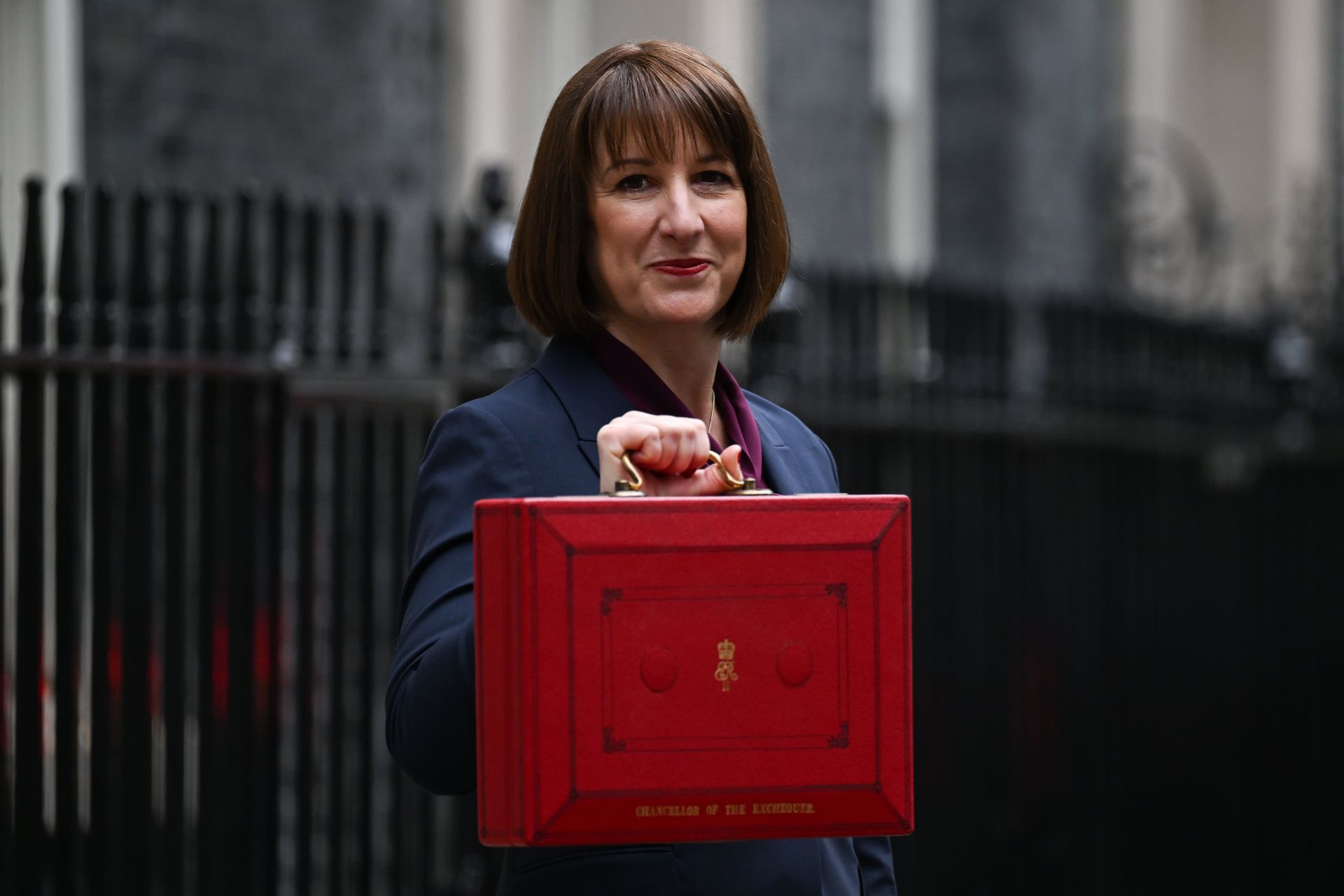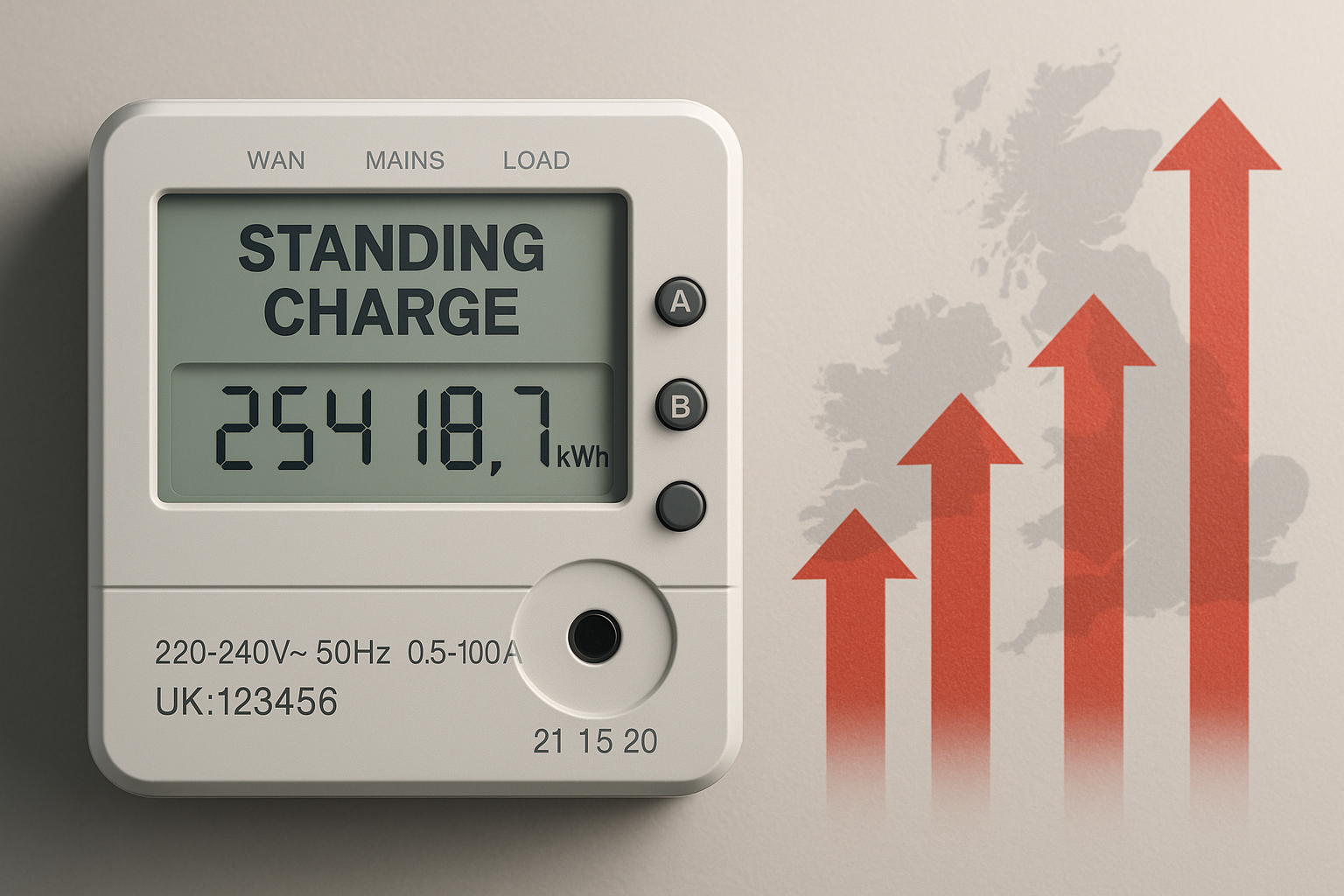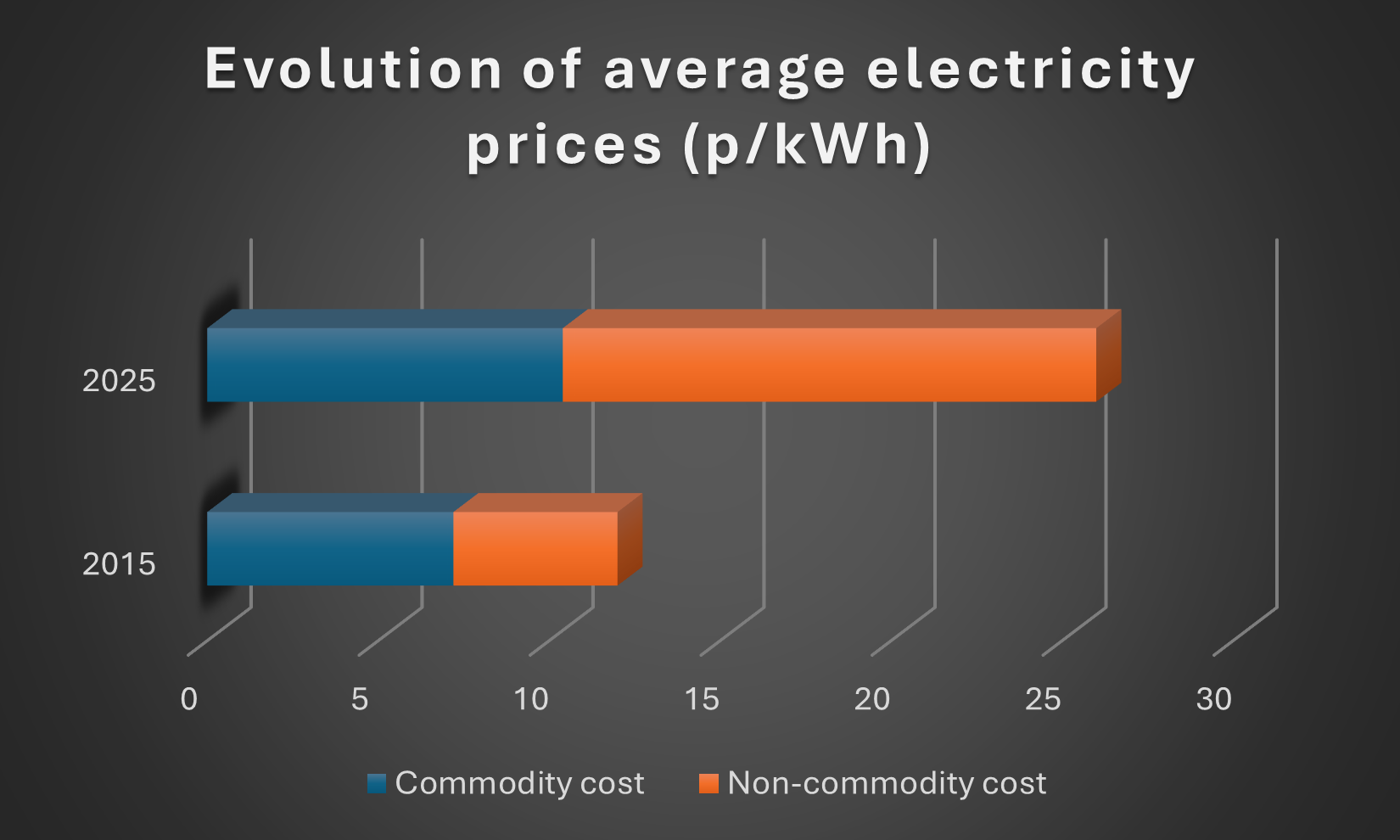Navigating Energy Challenges in the Manufacturing Industry
As the manufacturing industry continues to grapple with energy challenges, businesses are becoming increasingly concerned about the rising costs associated with energy supply. These concerns have the potential to negatively impact industry decarbonization efforts, delay sustainability targets, and hinder overall business growth.
According to a recent survey, four out of five companies are worried about energy security, with over a third fearing further increases in energy costs. This apprehension is causing businesses to re-think their spending plans and to consider allocating more budget to tackle energy expenses. However, this shift in focus may lead to reduced investment in other key aspects.
Almost all business leaders acknowledged that rising energy costs are having a negative impact on profitability and their ability to stay competitive within their market. In fact, over 50% of the respondents consider energy prices to be a bigger concern than the issues posed by COVID.
These energy challenges have far-reaching consequences, leading to companies being forced to reduce spend in other key areas.
To mitigate these challenges, it is crucial for businesses to focus on improving energy efficiency within their operations. Beyond merely making sure they are getting the best deal available when they are approaching their contract renewal window, there are simple ways to improve energy efficiencies within the business.
Improved access to accurate and reliable data can be a key factor in overcoming energy challenges in the manufacturing sector. Fortunately, we are now seeing an increase in the options available to manufacturers in order to embrace advanced analytics and monitoring tools. There are affordable options to gain real-time visibility of energy usage, identify energy-inefficient assets, and actively compare how different sites – or different sections of a site – usage levels compare.
As the manufacturing industry continues to navigate the complex landscape of energy challenges, it is becoming increasingly important for businesses to be able to adequately evaluate their usage.
At Seemore Energy we help businesses to be able to quickly visualise their consumption data, compare usage across sites, receive alerts when usage levels reach abnormal levels, and ensure that the invoices they pay are being billed correctly each month.
If that's support that you feel would interest you and your business, get in touch and we'll happily set-up a system. that works best for you and your business, whilst providing the confidence and accountability that allows you to revert back to the core focus and operations needed in other areas of the organisation.
To learn more about how we can help, feel free to contact me at admin@Seemoreenergy.co.uk, or check out the Free Trial we are currently offering for our energy management and bill validation portal.










